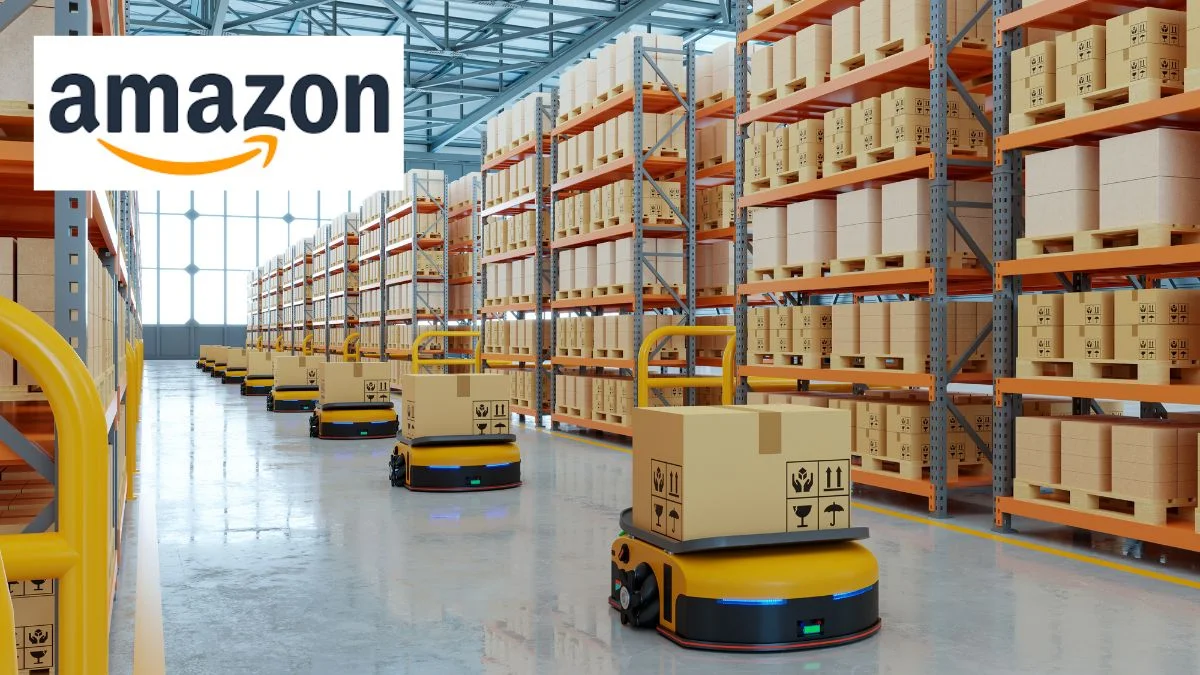Introduction
Selling on Amazon is a dream for many aspiring entrepreneurs due to its vast customer base and the convenience of its platform. However, managing inventory can be a significant barrier.
This brings us to an increasingly popular question: how to sell on Amazon without inventory? The idea of running an Amazon store without the need for physical stock might sound too good to be true, but it’s possible through methods like drop shipping, print-on-demand, and leveraging Fulfillment by Amazon (FBA) with a twist.
Let’s explore these options to understand if it’s genuinely easy to sell on Amazon without holding inventory.
Dropshipping: A Popular Method
Dropshipping is one of the most well-known methods for selling products without inventory. In this model, you list products on Amazon, but you don’t keep them in stock. When a customer places an order, you purchase the item from a third-party supplier, who then ships it directly to the customer. This eliminates the need for upfront inventory investment and storage costs.
Pros of Dropshipping:
- Low startup costs
- No need for storage space
- Easy to add or remove products from your catalog
Cons of Dropshipping:
- Lower profit margins due to supplier costs
- Less control over shipping times and product quality
- Reliance on supplier availability and reliability
Despite these challenges, many entrepreneurs find success in dropshipping by carefully selecting reliable suppliers and focusing on niche markets.
Print on Demand: Custom Products Without Inventory
Print-on-demand (POD) is another inventory-free method ideal for creative entrepreneurs. This model involves selling custom-designed products like t-shirts, mugs, or phone cases. When a customer orders a product, the POD service prints your design onto the item and ships it directly to the customer.
Pros of Print on Demand:
- No need for inventory or upfront costs
- Ability to offer unique, customizable products
- Low risk of unsold stock
Cons of Print on Demand:
- Lower profit margins due to printing costs
- Limited control over production and shipping times
- Dependence on the POD service’s quality
POD is particularly effective for artists, designers, and influencers who want to monetize their creativity without handling inventory.
Leveraging Fulfillment by Amazon (FBA)
While FBA typically involves sending your inventory to Amazon’s fulfillment centers, you can still utilize this service without holding stock. Here’s how:
- Third-Party Warehousing: Partner with a third-party warehousing service that handles your inventory. When you receive an order, they ship the product to Amazon’s fulfillment center, which then sends it to the customer. This method allows you to benefit from FBA’s fast shipping and customer service without managing inventory yourself.
- Online Arbitrage: Purchase products from online retailers at a discount and have them sent directly to Amazon’s fulfillment centers. This requires some initial investment but eliminates the need for personal inventory management.
Pros of Using FBA without Inventory:
- Access to Amazon Prime shipping and customer service
- Potentially higher sales due to Prime eligibility
- No need for personal storage space
Cons of Using FBA without Inventory:
- Costs associated with third-party warehousing or product purchases
- Complexity in managing third-party logistics
- Initial investment required
Digital Products: Inventory-Free Selling
Selling digital products on Amazon, such as eBooks, software, or online courses, is another way to operate without physical inventory. Digital products are delivered electronically, eliminating the need for storage and shipping.
Pros of Selling Digital Products:
- No inventory or shipping costs
- Instant delivery to customers
- High-profit margins
Cons of Selling Digital Products:
- Requires expertise in creating valuable digital content
- Competition from other digital product sellers
- Marketing challenges to stand out
Conclusion
So, how to sell on Amazon without inventory? There are multiple avenues to explore, each with its own set of advantages and challenges. Dropshipping, print on demand, leveraging FBA with third-party warehousing, and selling digital products all offer viable paths to running an Amazon business without holding stock.
Is it easy? The ease of selling on Amazon without inventory depends on your chosen method and your ability to navigate its challenges. Drop shipping and print-on-demand require careful supplier selection and management, while FBA with third-party warehousing involves coordination and some initial investment. Selling digital products necessitates expertise in content creation and marketing.
For many, the allure of avoiding inventory management makes these methods worth exploring. With diligent research, strategic planning, and a commitment to quality, you can successfully sell on Amazon without inventory and build a profitable business.
For more related content, click here.









